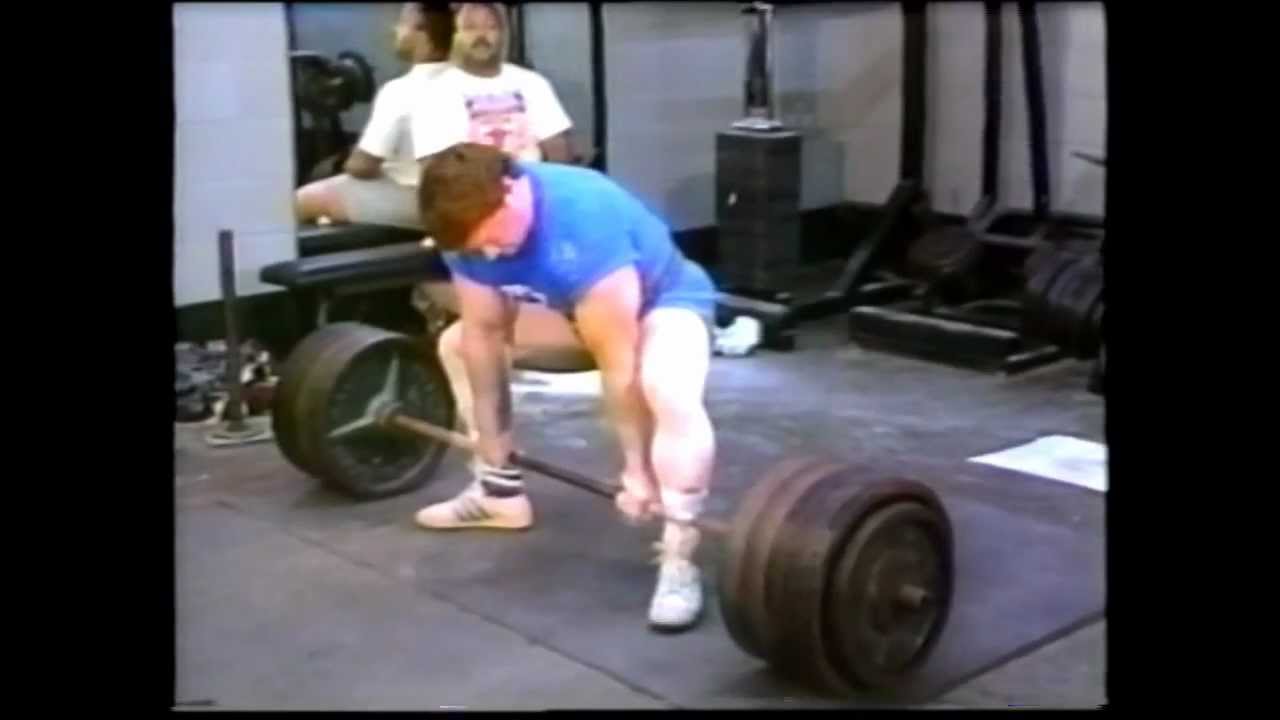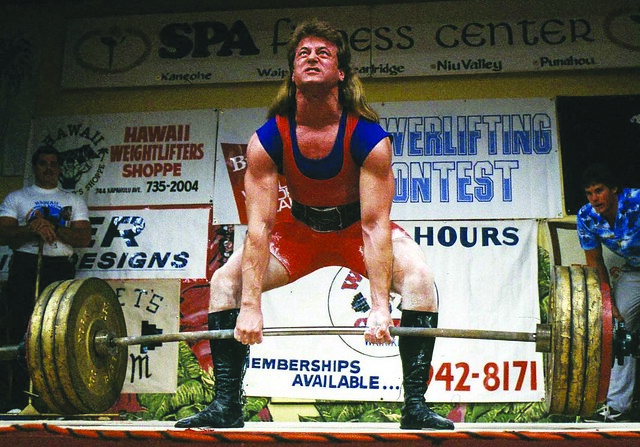Steve W.
Level 8 Valued Member
What is narrow sumo stance? This is a new term to me. My stance is wider than hip wide, and toes slightly turned out, but I would not call it narrow sumo. I would call it a jump stance.
That sounds like what I call narrow sumo. Wide enough to get the hands inside the legs, but not much more, and definitely not an extreme spread like some lifters use, with the toes almost at the plates. Pretty similar to a KB swing stance. "Jump stance" sounds like the same idea.


